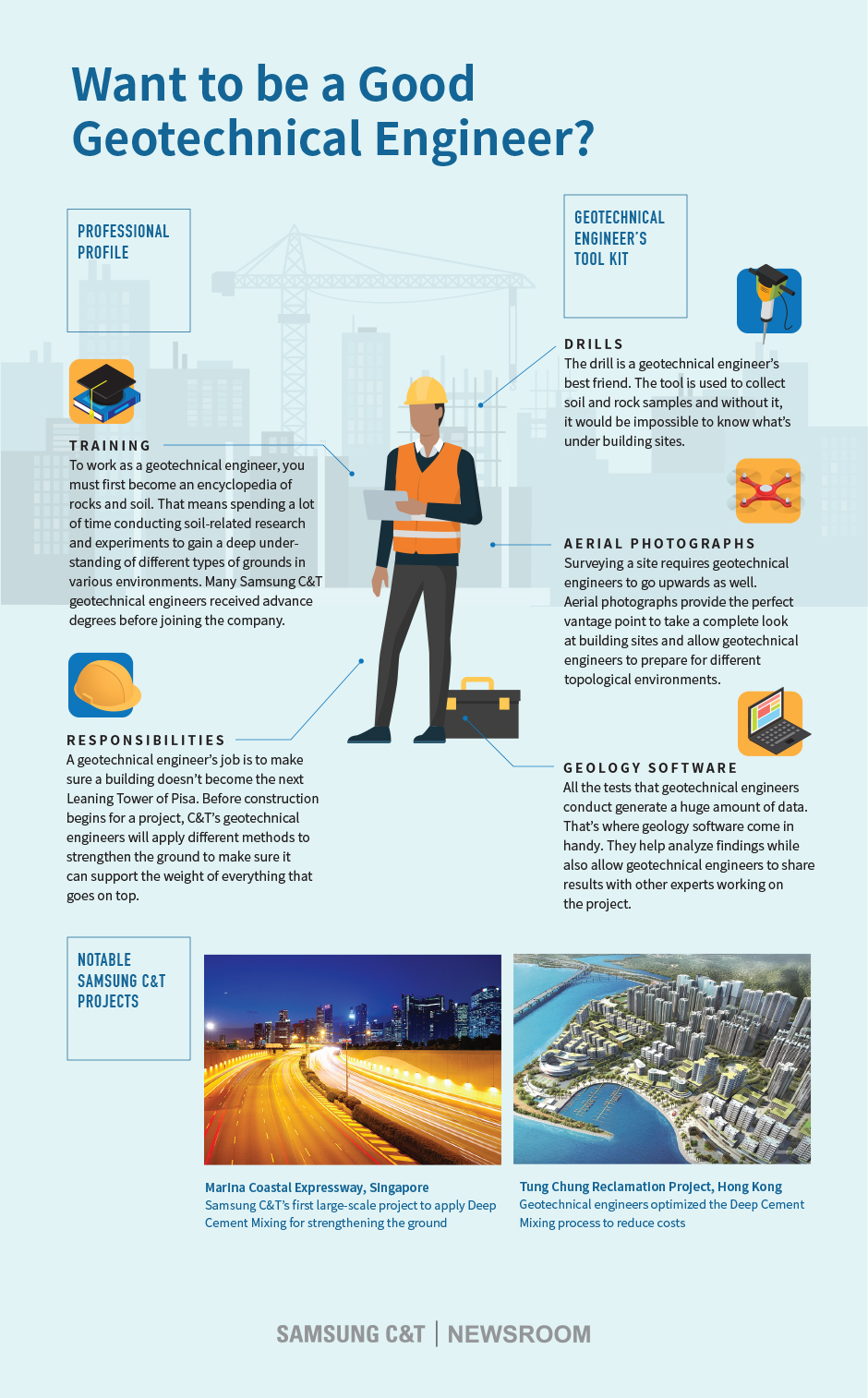How Consulting Civil Design Firms Add To Effective Job Management and Layout Application
Consulting civil engineering firms are essential to the success of building jobs, merging technological effectiveness with strategic oversight. By focusing on design optimization and threat mitigation, these firms ensure that tasks are not only viable however cost-efficient and additionally lasting.
Duty of Civil Engineers
Understanding the function of civil engineers is critical for the effective monitoring of construction projects. Civil engineers offer as the foundation of infrastructure development, ensuring that projects are designed and performed to meet capability, safety, and sustainability requirements. Their know-how encompasses various aspects of engineering, including structural, ecological, and geotechnical specializeds.
Civil engineers are responsible for conducting expediency studies, which assess the stability of suggested jobs by analyzing financial, technical, and ecological elements. They develop thorough plans and requirements, incorporating cutting-edge services to enhance products and sources. During the building and construction phase, civil designers look after the job, teaming up with stakeholders, professionals, and architects to guarantee adherence to make specs and governing demands.

Project Preparation Strategies
Reliable task preparation approaches are essential for making certain that building tasks are carried out smoothly and effectively. Consulting civil design firms play a vital duty in this process by utilizing comprehensive preparation methods that address numerous job stages. Originally, a detailed evaluation of job scope and client needs is performed, permitting the identification of important landmarks and deliverables.
Furthermore, these firms utilize tools such as Gantt graphes and project administration software program to create thorough timelines, enabling reliable organizing of jobs and resource appropriation. This organized approach aids to expect prospective bottlenecks and designate essential sources proactively. Threat management is one more crucial component; firms perform risk assessments to determine possible issues that could emerge throughout the job's lifecycle, executing reduction techniques to decrease disruptions.
Additionally, stakeholder interaction is emphasized throughout the planning stage. Normal communication with clients, specialists, and local authorities guarantees that all celebrations are lined up with task goals and timelines. By integrating these techniques, seeking advice from civil engineering firms improve the likelihood of job success, ensuring adherence to budget plan restraints and governing requirements while cultivating a joint atmosphere.
Layout Optimization Techniques
Design optimization strategies are vital for boosting the effectiveness and sustainability of civil design tasks. These strategies include the systematic evaluation of design parameters to achieve the finest feasible outcomes while lessening prices and source use. By making use of innovative computational tools and algorithms, designers can evaluate numerous design alternatives and select the most click to read more reliable choices based upon details job requirements.
One extensively used method is parametric layout, which enables the manipulation of layout variables to observe their influence on overall task performance. This repetitive procedure leads to innovative options that not only satisfy useful requirements but additionally comply with environmental standards. In addition, methods such as worth design emphasis on maximizing project aspects to make the most of worth while lowering unneeded costs.
Additionally, the assimilation of Building Details Modeling (BIM) assists in better collaboration among stakeholders, making it possible for real-time modifications and improvements to layouts. This all natural view fosters a thorough understanding of the job, resulting in informed decision-making. Eventually, efficient design optimization methods cause boosted job timelines, reduced waste, and boosted structural efficiency, adding to the total success of civil design endeavors.
Danger Management Approaches
Risk administration strategies are vital in making sure the successful delivery of civil engineering jobs, as they help determine, evaluate, and alleviate possible dangers that can impact project results. Efficient threat monitoring is a systematic process that includes the identification of threats, examination of their probability and impact, and the development of methods to resolve them.
Consulting civil engineering companies normally employ a mix of qualitative and quantitative threat assessment methods (geotechnical engineering companies in south africa). Qualitative methods, such as brainstorming my blog sessions and experienced interviews, help gather understandings on possible risks from numerous stakeholders. Conversely, measurable techniques entail analytical analysis and modeling to identify the chance and possible impact of determined threats
When risks are analyzed, companies execute reduction approaches, which may include threat evasion, transfer, acceptance, or decrease. This might entail redesigning project parts to eliminate risks or protecting insurance policy to balance out possible economic losses. Continuous tracking and review of risks throughout the task lifecycle are additionally essential, enabling for timely adjustments to take the chance of management techniques as new dangers arise.
Collaborative Communication Practices
Enhancing project results via joint interaction practices is crucial for getting in touch with civil design companies. Reliable interaction promotes a society of openness and depend on among stakeholders, which is crucial for the successful implementation of design projects. By executing structured communication networks, companies can ensure that all events-- clients, service providers, and employee-- are aligned on job timelines, deliverables, and goals.
Regular meetings, both informal and formal, help with the exchange of ideas and feedback, enabling real-time analytic and decision-making. Utilizing joint tools such as project administration software program urges documents and monitoring of development, while enabling instantaneous accessibility to vital information.
Additionally, energetic listening and open dialogue are essential aspects in a collaborative environment. By valuing varied viewpoints, firms can innovate and adjust layouts that fulfill both technical requirements and customer assumptions. Additionally, fostering a team-oriented atmosphere reduces misunderstandings and boosts the overall high my link quality of work.

Verdict
To conclude, speaking with civil design firms are important to successful job monitoring and style application. By employing critical preparation, style optimization, and efficient threat administration, these companies improve job efficiency and sustainability. Their commitment to collective interaction additionally makes certain stakeholder positioning and promotes a participating setting. Inevitably, the experience and methods used by consulting civil engineers substantially add to attaining job objectives while making the most of and lessening costs resource application.

In conclusion, seeking advice from civil engineering firms are important to successful task administration and layout application.